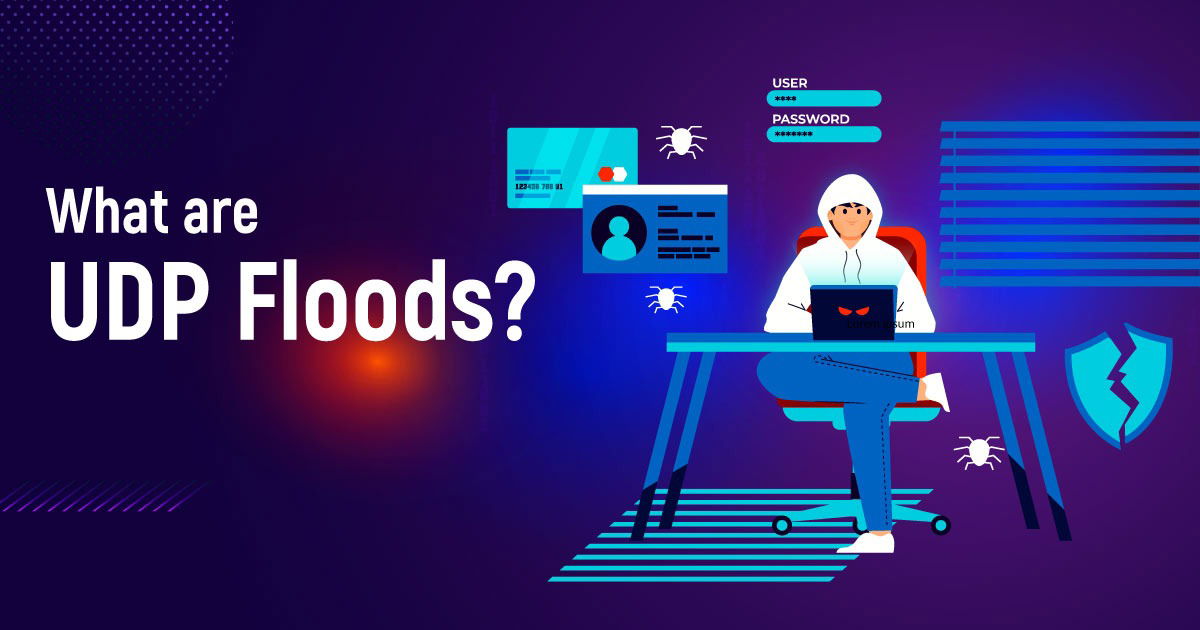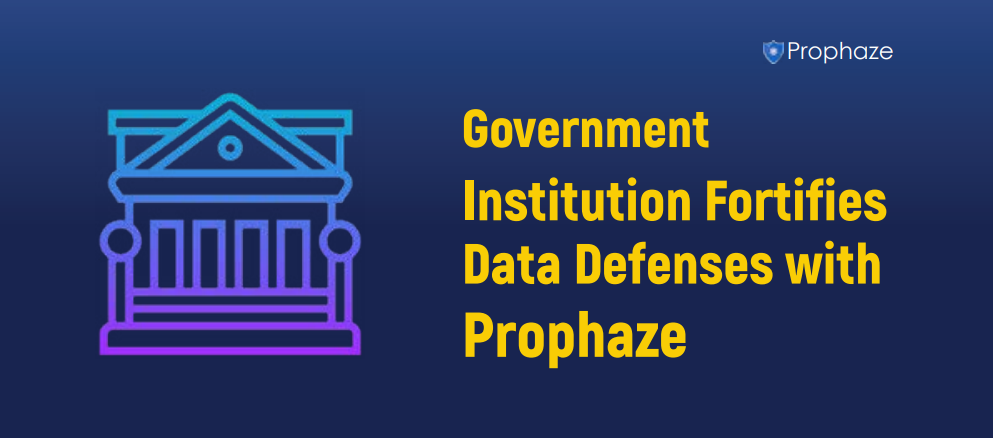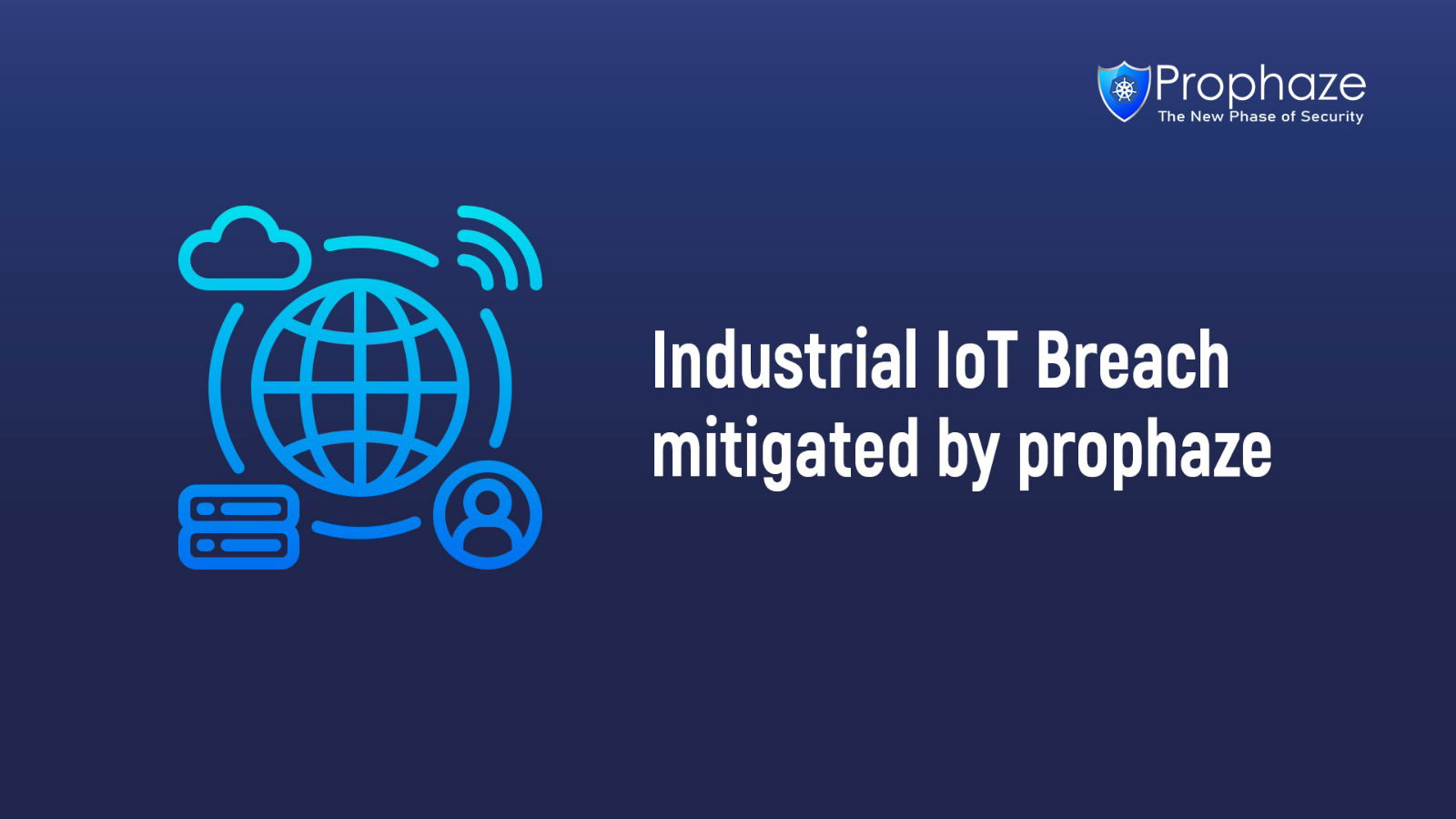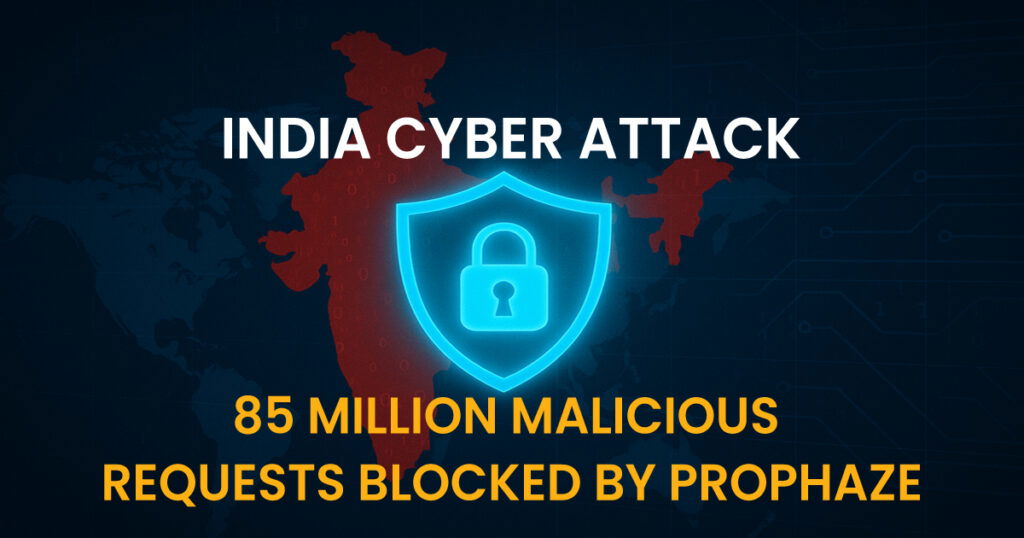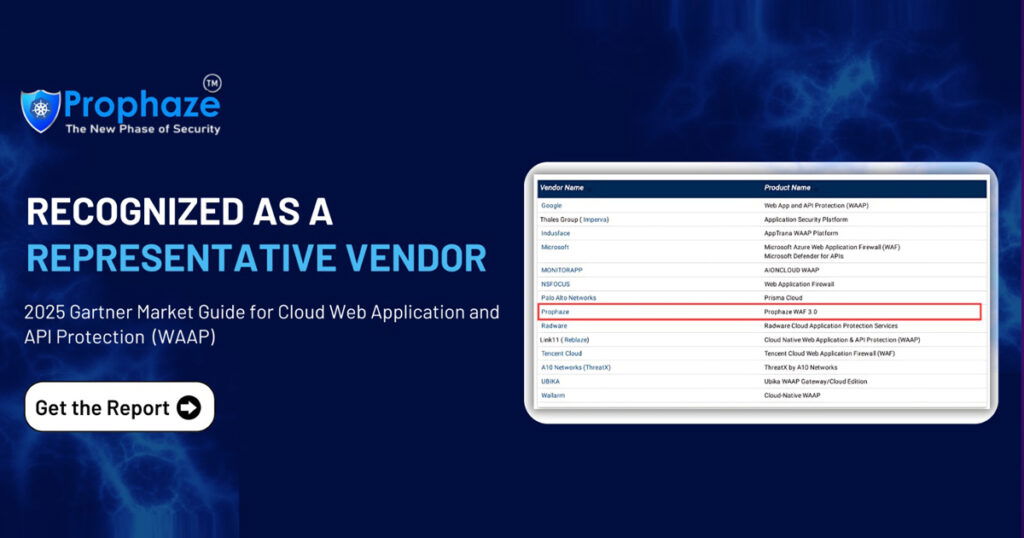UDP (User Datagram Protocol) is a connectionless protocol that allows data transmission between devices on a network. It is often used for time-sensitive applications that prioritize speed over reliability, such as video streaming and online gaming.
What are UDP Floods?
UDP floods involve flooding a target system or network with a high volume of UDP packets. Attackers aim to consume the target’s resources, including network bandwidth, processing power, and memory, rendering the system unresponsive to legitimate traffic and causing service disruptions.
Techniques used in UDP Flood Attacks
Amplification Attacks:
Attackers exploit vulnerable servers or devices to amplify the volume of UDP traffic directed towards the target. By sending a small number of carefully crafted UDP requests to these amplifiers, attackers can provoke a significant response, resulting in a massive flood of traffic towards the target.
Spoofed Source IP Addresses:
To obfuscate their identity and make it challenging to trace the origin of the attack, perpetrators often spoof the source IP addresses of the UDP packets. This further complicates the mitigation process and increases the impact of the attack.
Botnets:
Cybercriminals frequently harness the power of botnets, networks of compromised devices under their control, to launch UDP flood attacks. By coordinating a large number of compromised devices, attackers amplify the scale and intensity of the attack, making it more challenging to defend against.
Consequences of UDP Flood Attacks

Network Congestion and Downtime:
UDP floods generate a massive influx of traffic that overwhelms network infrastructure, leading to congestion and eventually causing downtime for targeted services. This can result in significant financial losses for businesses that heavily rely on uninterrupted online operations.
Degraded Performance and Customer Dissatisfaction:
Even if services remain accessible, the excessive traffic from UDP floods can degrade network performance, causing delays, timeouts, and packet loss. This negatively impacts user experience, erodes customer satisfaction, and tarnishes the reputation of affected organizations.
Collateral Damage:
UDP floods not only affect the intended target but also impact other systems and networks along the traffic path. Internet service providers (ISPs) and interconnected infrastructure may experience degraded performance or disruptions due to the overwhelming flood of UDP packets.
Mitigation strategies for UDP Floods
Traffic Monitoring and Anomaly Detection:
Implement robust network monitoring tools capable of detecting unusual traffic patterns and identifying UDP flood attacks in real-time. Analyze network behavior to establish baseline metrics and trigger alerts when traffic exceeds predefined thresholds.
Rate Limiting and Traffic Shaping:
Implement rate limiting and traffic shaping mechanisms to control the flow of UDP traffic. By setting appropriate limits on incoming UDP packets, organizations can prevent overwhelming volumes and prioritize legitimate traffic.
IP Filtering and Blacklisting:
Leverage IP filtering and blacklisting techniques to block or restrict traffic from known malicious IP addresses or suspicious sources. Continuously update blacklists based on threat intelligence and emerging attack patterns.
Network Segmentation and Redundancy:
Segmenting networks and implementing redundancy measures can help contain the impact of UDP flood attacks. By isolating critical systems and services, organizations can limit the scope of the attack and maintain essential operations even under heavy traffic loads.
DDoS Mitigation Services:
Consider partnering with specialized DDoS mitigation service providers who offer robust protection against UDP floods. These services employ advanced detection and filtering mechanisms to divert and mitigate attack traffic, ensuring the availability of critical services.
Conclusion
UDP flood attacks pose a significant threat to network infrastructure and online services. The ability to overwhelm systems with high volumes of UDP traffic can lead to extended downtime, degraded performance, and financial losses for businesses. By implementing proactive mitigation strategies, organizations can bolster their defenses and minimize the impact of UDP floods. Continuous monitoring, traffic shaping, and collaboration with DDoS mitigation experts are crucial elements in safeguarding network infrastructure against this potent form of cyber attack.

